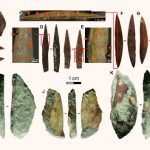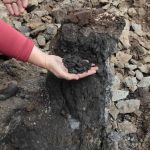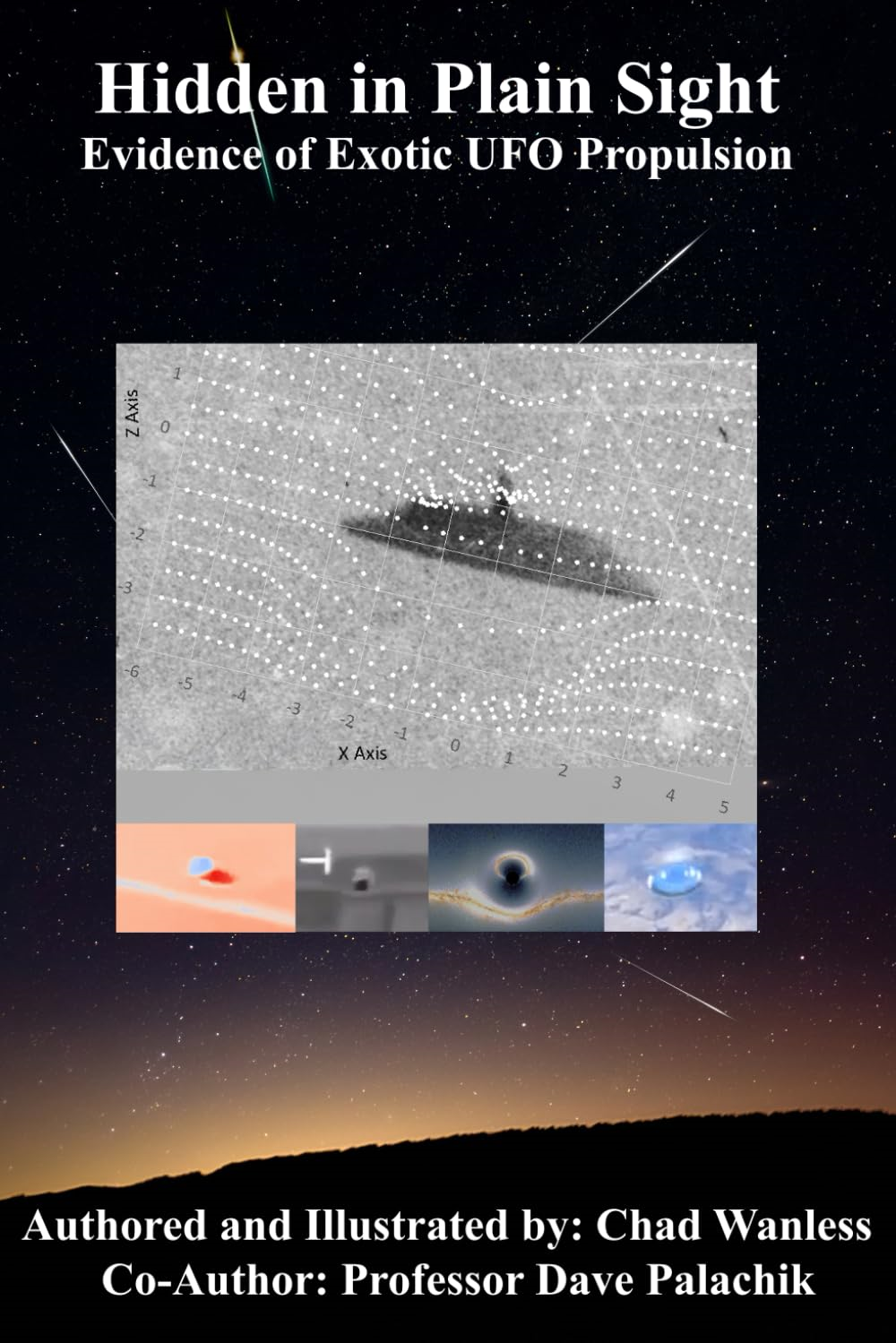Astronomers detect regular rhythm of radio waves, with origins unknown0
- From Around the Web, Space
- June 18, 2020
Signal from 500 million light years away is the first periodic pattern of radio bursts detected

Signal from 500 million light years away is the first periodic pattern of radio bursts detected

Using data from NASA’s Kepler/K2 mission, the SPECULOOS telescopes and the High Resolution Echelle Spectrometer (HIRES) on the Keck I telescope at W.M. Keck Observatory, astronomers have discovered a transiting Earth-sized planet in a close-in orbit around the red dwarf EPIC 249631677.

A team of scientists successfully used a 3D bioprinter to generate completely functional human skin.

A mysterious 68-million-year-old fossil found on Seymour Island off Antarctica’s coast that looked like a deflated football has turned out to be a unique find – the second-largest egg on record and one that may have belonged to a huge marine reptile that lived alongside the dinosaurs.

Former Argentine footballer Guillermo Marino once turned up late to a training session and explained it was because he had been abducted by aliens, ex-teammate Gustavo Lorenzetti has said.

Scientists from the Shanghai Institutes for Biological Sciences have found that if monkeys learn how mirrors work, they can pass self-awareness tests.

Since the 1980s, researchers have been running experiments in search of particles that make up dark matter, an invisible substance that permeates our galaxy and universe. Coined dark matter because it gives off no light, this substance, which constitutes more than 80 percent of matter in our universe, has been shown repeatedly to influence ordinary matter through its gravity. Scientists know it is out there but do not know what it is.

Wormholes, or tunnels in the fabric of space-time, are ferociously unstable. As soon as even a single photon slips down the tunnel, the wormhole closes in a flash.

Archaeologists have found over a hundred bone arrow points at the Pleistocene cave site of Fa-Hien Lena in Sri Lanka. The artifacts were used to hunt tree-dwelling animals such as small monkeys and squirrels about 48,000 years ago and represent the earliest known bow-and-arrow technology outside of Africa.

A team of researchers led by Arizona State University (ASU) School of Earth and Space Exploration professor Lindy Elkins-Tanton has provided the first ever direct evidence that extensive coal burning in Siberia is a cause of the Permo-Triassic Extinction, the Earth’s most severe extinction event. The results of their study have been recently published in the journal Geology.



